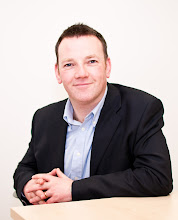The recent appointment of Steve Bennett as CEO of my former
employer Symantec has got me reaching for one of my favourite books on the
software industry – “Inside Intuit – How the Makers of Quicken beat Microsoft
and Revolutionised an Entire Industry
Steve Bennett was CEO at Intuit for eight years . In that
time he grew Bennett left Intuit in December 2007 after serving as president
and CEO for eight years. revenue grew to $2.7 billion in fiscal 2007 from less
than $1 billion in fiscal 2000. He also led Intuit to being in Fortune
Magazine’s “Best Companies to Work For” list for six consecutive years.
One chapter in “Inside Intuit”, called The Bennett Basics,
may give Symantec employees a clue to what to expect from their new leader.
Leveraging his 23 years at GE under Jack Welch, the chapter
identified Bennetts key leadership principles;
Set A Tone – a leader’s personal intensity determines an
organisation’s intensity.
Maximise an Organisations Intellect – take everyone’s best
ideas and transfer them to others.
Put People First and Strategy Second – getting the right
people in the right seats is crucial to the success of any strategy
Foster Passion – winners care more than anyone else
Reach For More Than What Seems Possible – when the leader
stretches, the whole organisation stretches.
